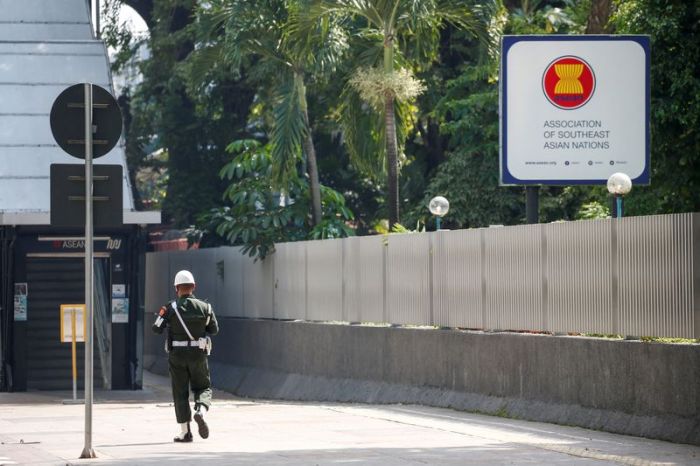(Reuters) – Investors are wary of rushing to scoop up stocks ahead of a highly anticipated Federal Reserve policy decision due on Wednesday, and Monday’s bounce has done little to dispel concerns about the market’s outlook.
In a rare reversal, Wall Street recovered from a steep sell-off on Monday to close higher on the day with the help of retail punters and options-related flows and with volumes the highest in almost a year.
Retail investors piled a net $1.36 billion into U.S. stocks, the most since Jan. 18, according to Vanda Research data, suggesting market dips continued to attract retail buyers, a similar magnitude of purchases flagged by JP Morgan.
But the presence of a short ETF (exchange traded fund) – the ProShares UltraPro Short QQQ – among the top five products with the most net inflows on that day suggested a degree of caution.
“Every time the market rallies from now on, you’re going to see some selling into it,” said Keith Temperton, a sales trader at Forte Securities.
“You might see a turnaround rally like yesterday, but you’ve got a lot of options protections being taken off. That takes the market off the lows but next time we have a selloff no one wants to cover their protection.”
Indeed, sellers returned in force on Tuesday. The S&P 500 index was down around 1.9% in early afternoon trading, while the Nasdaq Composite was off nearly 2.9%.
JP Morgan strategists said a 5% reversal in major U.S. stock indexes was not uncommon and weaker markets would typically follow the next day.
“Intraday reversals of this magnitude seems to suggest more volatility rather than a directional change,” they said.
Daily trading turnover on the ProShares UltraPro Short QQQ, designed to deliver three times the inverse of the daily performance of the Nasdaq 100, hit a record for the second straight trading session on Monday at 125.7 million units.
Over the past week the fund attracted more than $120 million in net retail inflows, the most in at least five years.
BEARISH SENTIMENT
Markets have had a rocky start to 2022 with nearly $3 trillion in market value of the tech-heavy Nasdaq 100 wiped out, as investors dumped tech stocks on the view that the less severe Omicron coronavirus variant will allow the Fed to hike rates fairly aggressively, which will compress valuations.
Investors expect the Fed to signal on Wednesday it plans to raise rates in March, tightening policy for the first time since it slashed its benchmark overnight interest rate to near-zero soon after the onset of the pandemic nearly two years ago.
The S&P 500 index was briefly down more than 10% so far this year on Monday, before rebounding to end with a year-to-date loss of nearly 8%. [.N]
Citi data on investor positioning show that bearish sentiment was spilling beyond the usual tech counters. U.S. stock short futures positioning on the S&P 500 index is now at $34 billion, almost 1.5 times that of long bets.
A report from BofA Global Research showed the bank’s retail clients were buyers of U.S. equities for the third straight week through last Friday, while institutional clients and hedge funds were sellers.
January has typically been the strongest month for U.S. equity inflows, led by retail clients, BofA’s analysts noted.
(Graphic: nasdaq mktcap, https://fingfx.thomsonreuters.com/gfx/mkt/xmvjobazqpr/nasdaq%20mktcap.JPG)
(Reporting by Danilo Masoni, Medha Singh and Sruthi Shankar ; Editing by Saikat Chatterjee, Tomasz Janowski and Paul Simao)
























